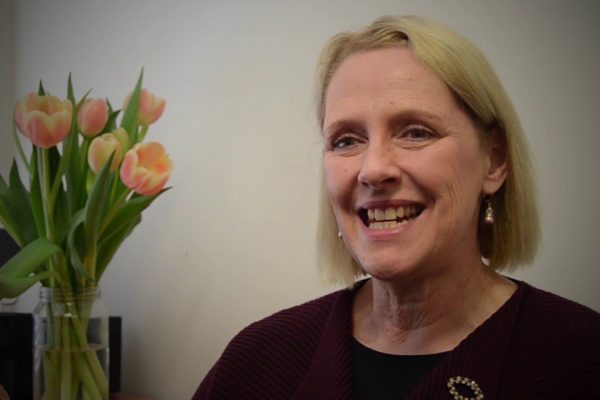During the week, on 15 August, the Church celebrated the Feast of the Assumption. In terms of church history, it is relatively new, starting only in 1950, less than 100 years. Some might even remember as a child having to attend Mass as an obligation when it came into effect. Under Pope Pius XII the Church built upon the understanding of Mary which gradually developed throughout its history. This feast is a belief, that Mary was “taken up” to heaven. The feast marked a high point in Marian devotion. Out of all the saints Mary has the most feast days on the liturgical calendar. Each feast day covers a significant moment of her life, from conception to her birth to her very last day on earth.
Understanding of Mary has been a contentious issue between different Church denominations. Our Western Church tradition is unique, as it continues to develop new insights following the Great Schism in 1054 and others in the 1500s. When ecumenism became a priority for the church the topic of Mary continues to feature in discussions and debates.
Marian devotion is still very popular in many countries. Some countries have adopted Mary into their own culture with images of her dressed in their traditional outfit.
Praying the rosary was part of family prayers for many people growing up. Some find it difficult with its repetitiveness. Others find it meditative. It is not a prayer for everyone, but it is a form of prayer that works for others. Mary offers us a spirituality not on its own but rather one closely connected to her son. Each rosary focuses on an aspect of her son’s life.
While there are many beliefs about Mary, let’s not forget the reality of a mother grounded in everyday life, who cares for her child, nursing it through those delicate stages of life. There is a special bond between a mother and her child that is inseparable and irreplaceable. I think of the nutrients fed from her body to sustain life within her womb to when she’s holding the child in her arms.
We can use this image to talk about how Christ gives his own body to us to be nourished. Analogies are never perfect, but they offer us an intimacy, dependency and a closeness that we can relate to from our own experience. Christ offers us a new and profound experience of intimacy in the sacrament.
For my flesh is real food
and my blood is real drink.
Whoever eats my flesh and drinks my blood
lives in me
and I live in them.
As I, who am sent by the living Father,
myself draw life from the Father,
so whoever eats me will draw life from me.
Mary offers us a perspective of Christ from her role as mother, it is through her son that we have a perspective of God, the Father. The Eucharist links us to both.
By Fr Hoang Dinh
Published: 16 August 2024




Comments
Add Comment